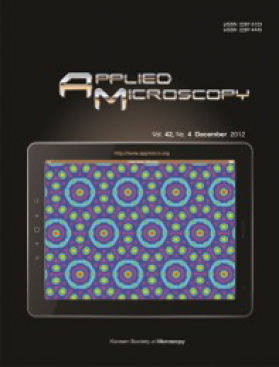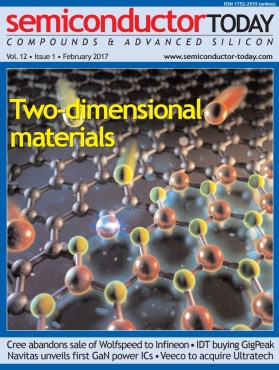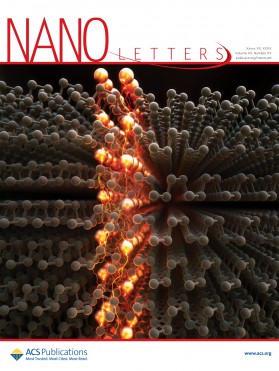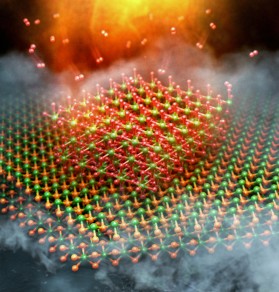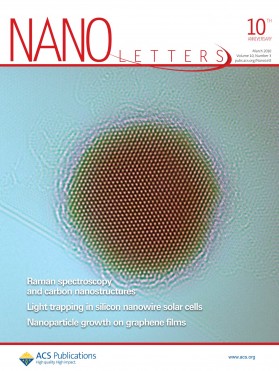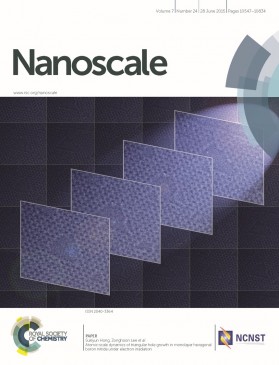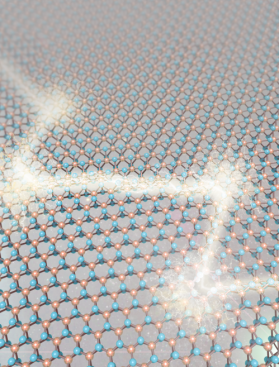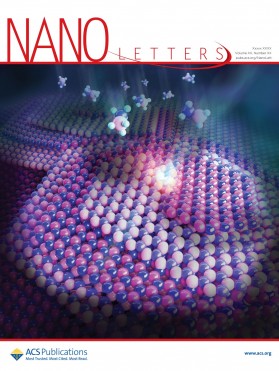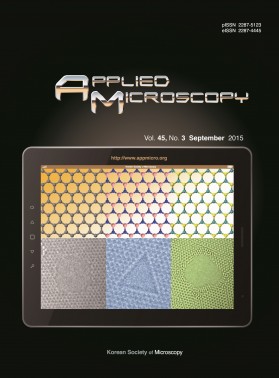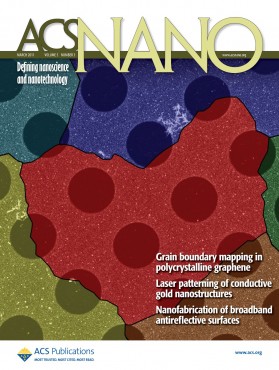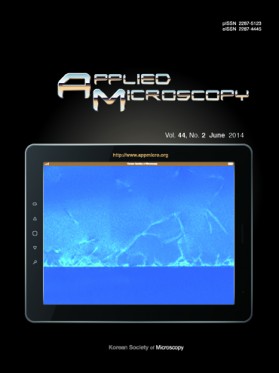Research
Prof. Zonghoon Lee’s Atomic-Scale Electron Microscopy Lab
Prof. Zonghoon Lee’s Atomic-Scale Electron Microscopy Lab
Abstract
Among the different growth mechanisms for two-dimensional (2D) hexagonal boron nitride (h-BN) synthesized using chemical vapor deposition, spiraling growth of h-BN has not been reported. Here we report the formation of intertwined double-spiral few-layer h-BN that is driven by screw dislocations located at the antiphase boundaries of monolayer domains. The microstructure and stacking configurations were studied using a combination of dark-field and atomic resolution transmission electron microscopy. Distinct from other 2D materials with single-spiral structures, the double-spiral structure enables the intertwined h-BN layers to preserve the most stable AA′ stacking configuration. We also found that the occurrence of shear strains at the boundaries of merged spiral islands is dependent on the propagation directions of encountering screw dislocations and presented the strained features by density functional theory calculations and atomic image simulations. This study unveils the double-spiral growth of 2D h-BN multilayers and the creation of a shear strain band at the coalescence boundary of two h-BN spiral clusters.
Our research focuses on atomic-scale characterization, design, and synthesis as well as the properties of advanced materials including 2D materials, carbon materials, and soft matter by means of aberration-corrected transmission electron microscopy and spectroscopy. In situ experiments at both the atomic and nano scales are implemented for our study.
Advanced TEM Characterization